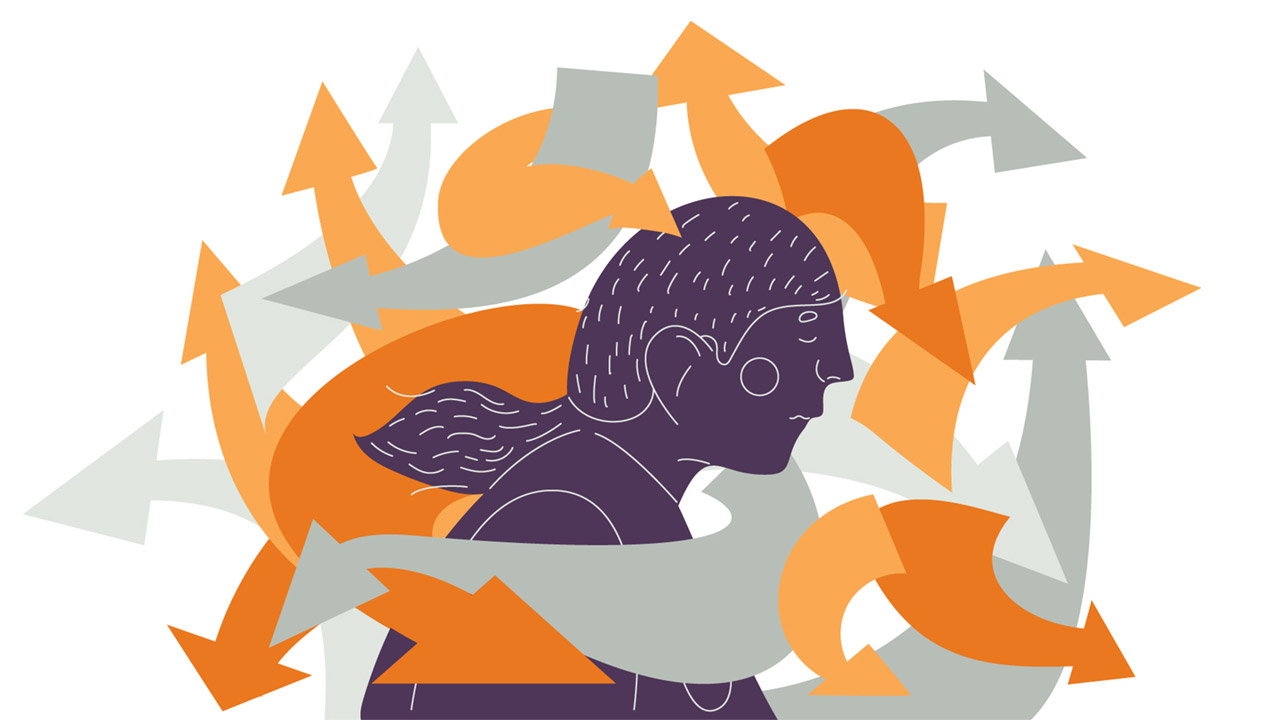Valuing neurodivergent people in a neurotypical world
 CREDIT: YOKUNEN
CREDIT: YOKUNENIn 2017, the Canadian Survey on Disability found that 59 per cent of working aged adults with an invisible disability were employed compared to 80 per cent of adults without.
Whether you’re right out of school or returning to work after time away, entering or re-entering the workforce is filled with a mixed bag of emotions. Am I qualified enough? Am I still relevant? Am I in the right job? After an acquired brain injury, the question for me and for many people with invisible disabilities was, “do I disclose my disability?” Imagine the emotional toll that would put on someone trying to assimilate into a workplace. All this energy put into masking a part of you can make anyone feel emotionally unsafe and unstable, eroding confidence and causing mental health challenges.
In 2017, the Canadian Survey on Disability found that 59 per cent of working aged adults with an invisible disability were employed compared to 80 per cent of adults without.
I decided to explore what the 2022 mindset and biases are within the rapidly changing workplace. Was there going to be space for me, my newly acquired skills and my years of experience?
What I found out in the wild blue yonder was refreshing. Conversations were being had about challenging old mindsets around people with invisible disabilities. What I loved was the realization that people with invisible disabilities – which can range from Attention Deficit Hyperactive Disorder (ADHD), bipolar disorder or people like me with acquired brain injuries – were seen as powers rather than hindrances and employers and companies could actual benefit from the unique ways these people think and perform. Accommodations weren’t adjustments to “typical” working practices but new ways of looking at behaviour and possibilities for the whole company.
When it comes to inclusion in the workplace, a good place for employers to start is by challenging one’s own “standards of convenience,” as a study from Harvard Business review coined it. Leaders must consciously challenge the way they evaluate or don’t change how they evaluate someone depending on who is sitting in front of them. The Harvard Business review went on to say that “when evaluating an employee, prioritize being aware over being right.” Some questions that leaders and employers were suggested to ask themselves were: How does my unconscious bias impact my ideas and beliefs about professionalism? How do my beliefs about professionalism support the growth and development of others?
The biggest issue that seemed to need to be tackled was how we educate people, especially young people within the school system. The pressures put on all people to constantly perform at the same standard, to be fast, to read quickly and memorize – all these pressures are a big part of the problem. It’s important that a neurodivergent person be valued in a neurotypical world.
Change can start by simply changing what we value in our students and our employees. Create a safe space so people feel comfortable disclosing their differences and include them in the conversation on how best to work around them. When people feel safe and valued, they tend to be able to exceed most expectations.
I was empowered and excited to discover that I had a superpower and that superpower was my brain injury. I did not have a disability. I was a neurodiverse thinker. The word neurodiversity reframes mental health, ADHD, bipolar disorder and acquired brain injury and encourages employers to rethink their beliefs about how they feel about professionalism. Creating space for neurodiversity can improve profitability and performance of other employees fostering a holistic value system in the workplace can improve performance for all. It sounds silly, but it’s just kindness. We are on a precipice of change; it’s blossoming all around. Neurodiversity and mental health are becoming more accepted and welcomed as the world is becoming more familiar with them. Accessibility is for everyone.

















